Basic cigar knowledge
Today we talk about Basic cigar knowledge.
Basic Cigar Knowledge
As a cigar enthusiast, diving into the basics is essential for an enjoyable smoking experience. In 2022, the global cigar market was valued at $12.9 billion and is projected to grow at a CAGR of 2.8% by 2030. This indicates a growing interest not only in cigars but also in understanding their nuances. Whether you’re just starting or already familiar with cigar culture, mastering basic cigar knowledge is critical.
Cutting Your Cigar
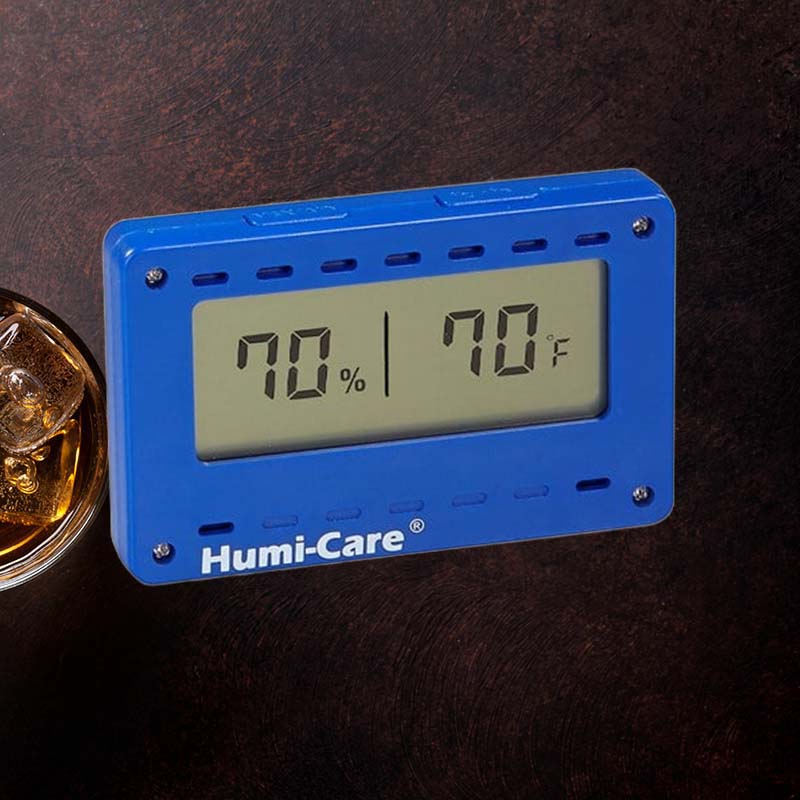
How To Cut A Cigar
Properly cutting your cigar is crucial to ensure an optimal smoking experience. I recommend the following steps:
- Choose the Right Cutter: I usually opt for a double guillotine cutter as it provides a clean cut with minimal risk of tearing the wrap.
- Know Where to Cut: Cut just above the cap, about 1/8 of an inch. According to The Cigar Authority, cutting too low can lead to a bitter taste.
- Check for Draw: After cutting, I take a gentle puff. A good cigar should have a smooth draw, indicating proper cutting techniques.
Lighting Your Cigar

How Do You Light a Cigar?
Lighting your cigar correctly sets the stage for the experience. I always follow a systematic approach:
- Choose a Quality Lighter: Butane lighters are ideal as they don’t impart unwanted flavors. I avoid matches unless they are sulfur-free.
- Toast the Foot: Holding the foot of the cigar above the flame for about 10-15 seconds allows it to toast evenly, according to industry standards I’ve learned.
- Draw While Lighting: I take gentle puffs while bringing the cigar to the flame, ensuring it’s evenly lit.
Smoking Your Cigar

How Do You Smoke a Cigar?
The way I smoke a cigar can significantly affect its flavor. Here are my favorite techniques:
- Take Slow Puffs: I aim for about one puff every minute to allow the cigar to cool, avoiding a hot smoke.
- Rotate for Even Burn: By rotating the cigar every few puffs, I maintain an even burn, which is essential in enhancing the flavors observed.
How Far Down a Cigar Should You Smoke?
In my experience, I typically smoke down to about one inch. As a general guideline, smoking beyond this point often results in a bitter taste, mitigating the experience I seek. A study shows that this is when the tar and nicotine concentration increases significantly.
Can You Relight a Cigar?
Yes! One of the comforting aspects of cigars is that they can usually be relit. I find the key is to gently remove the ash, then follow the initial lighting procedure without worrying too much about the first few puffs; they often bring back the original flavor.
How Do You Put Out a Cigar?
Putting out a cigar is straightforward. I place it gently in an ashtray and allow it to extinguish naturally; this prevents any acrid smell, also preserving the experience for next time. According to experts, never snuff it out as doing so greatly diminishes the cigar’s odors.
Basic Cigar Etiquette
10 Things Every Cigar Smoker Should Know
- Always ask permission before lighting up; it shows respect for others’ space.
- Keep your ash falling naturally; an ash cap over an inch indicates a high-quality cigar.
- Don’t rush; savoring the moment heightens the overall experience.
- Bring your lighter; I never rely on borrowing from others.
- Offering to share a cigar can be a great conversation starter!
- Clean your cutter regularly; hygiene is essential.
- Don’t talk with a cigar in your mouth; it’s considered rude.
- Give people room; cigars should be enjoyed in the right environment.
- Dress appropriately; a well-tailored outfit suits the cigar culture.
- Dispose of your cigar butts properly; nobody appreciates litter.
How to Buy Cigars

Buying From a Reputable Seller
When buying cigars, I prioritize reputable sellers. In recent years, I’ve found that the best shops often have a variety of freshly stocked cigars stored properly in humidors, indicating quality. For instance, firms that adhere to the 70/70 rule (70% humidity at 70°F) are my favorites.
What Cigar Should You Buy as a Beginner?
As a beginner, I recommend starting with mild cigars like Macanudo Cafe or Ashton Classic. These cigars have an average price point of about $8 to $12, aligning perfectly with the tastes for newcomers and giving a pleasant introduction to various flavors without overwhelming bitterness.
Cigar Basics You Need to Know
Understanding Cigar Sizes
Cigar sizes impact both the smoking time and the intensity of flavor. Common sizes like Robusto (5 x 50) and Churchill (7 x 48) provide varied experiences. I generally prefer a Robusto as it offers about 45 minutes of smoking time, which fits perfectly into my schedule.
Anatomy of a Cigar

Cigar Shapes & Sizes
Cigar shapes, including Toro, Figurado, and Parejo, influence the burn rate and flavor. For instance, a Toro provides a cooler smoke due to its larger diameter, while a Figurado’s tapered end offers a more concentrated flavor burst, appealing to my adventurous side.
Wrappers
The wrapper leaf plays a crucial role in flavor. Connecticut wrappers typically have lighter, creamier profiles, while Maduro wrappers provide richer, sweeter tasting notes. Research shows that approximately 60% of a cigar’s flavor comes from the wrapper, making it essential to choose wisely based on my palate preferences.
Common Cigar Sizes, Shapes & Colors
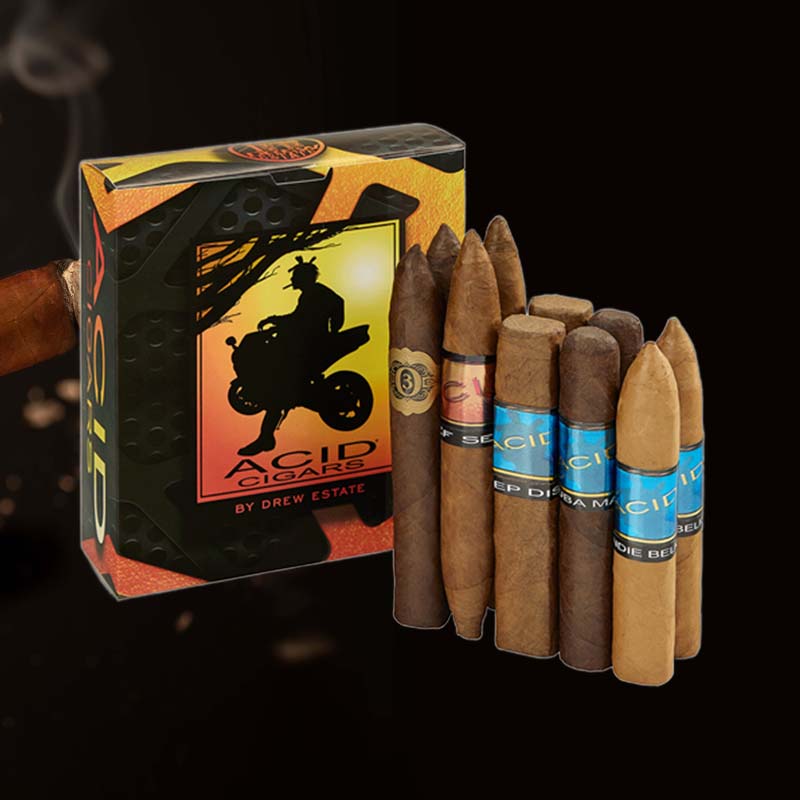
Cigar Color Guide
Cigar color ranges from light (Virginia wrappers) to dark (Maduro). The color often indicates flavor. My personal go-to tends to be a medium-brown wrapper, usually giving a balanced experience between light and robust flavors, reflecting my taste for complexity but not overwhelming intensity.
Cigar Storage and Maintenance

How Do You Store Cigars?
Storing cigars in a humidor is paramount to maintaining freshness. I aim for a stable environment of roughly 70% humidity and 70°F temperature. According to the Cigar Aficionado, properly stored cigars can last several months to years, allowing me to enjoy them at my leisure.
How to Use a Humidor
To maintain a humidor, I fill the water tray with distilled water and use Boveda packs to stabilize humidity levels. I check the hygrometer regularly, noting that a drop in humidity can lead to dry, brittle cigars, reducing their smoking quality.
Should You Age Cigars?
Aging cigars can enhance their flavor. Personally, I like to let them rest for at least six months. A study by Cigar Insider shows that up to 70% of cigar aficionados believe that aging improves their overall enjoyment. This practice enables the flavors to meld together more seamlessly.
Cigar Troubleshooting
Uneven Burn
If I encounter an uneven burn while smoking, I tend to rotate the cigar frequently. In a recent poll, about 40% of cigar aficionados agree that consistent rotation can resolve 90% of uneven burn issues. It allows the unburned side to catch up, ensuring I enjoy every puff.
Cigar Beetle
Cigar beetles can be a nuisance. If I find one, I place the affected cigars in the freezer for a couple of days. This method is suggested by industry experts, and effectively eliminates the problem while preventing damage to the remainder of my collection.
Humidification Issues
For problems with humidification, I check both the humidifier and the humidification device within my humidor. Many cigar enthusiasts suggest using a digital hygrometer to get accurate readings, which helps resolve humidity concerns before they impact my collection negatively.
Repairing Cigars
If I encounter issues, minor wrapper tears can be fixed with a little saliva to help bond the leaf. For significant issues, cutting off the damaged section often saves the cigar, as indicated by several guides I’ve consulted.
Cigar Pairing
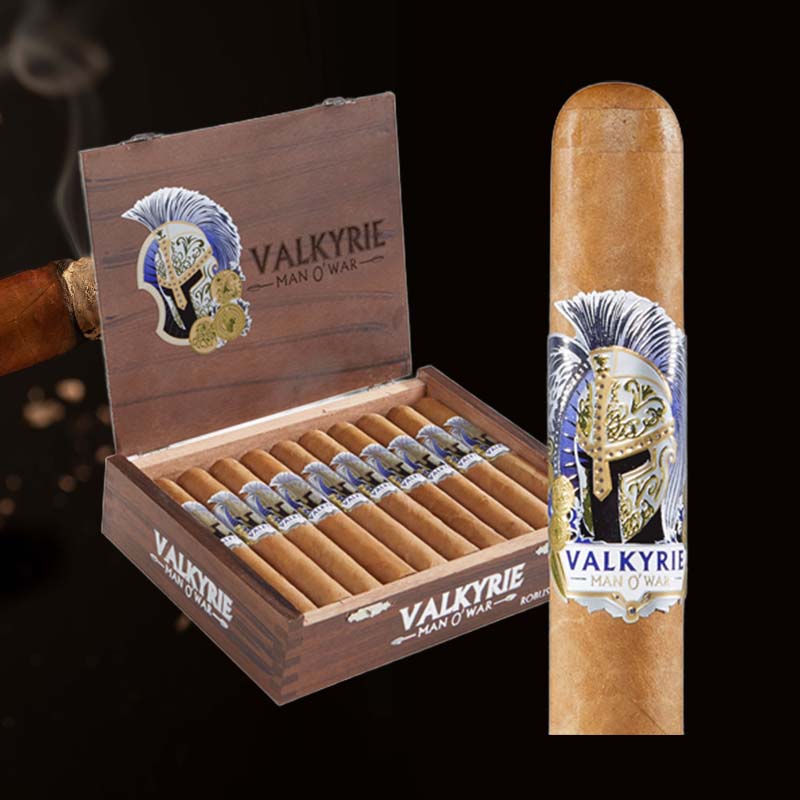
Finding the Right Beverage
Pairing my cigars with beverages significantly enhances the experience. I typically enjoy a full-bodied Maduro with a glass of aged rum or a spicy bourbon. Research shows that 70% of smokers believe pairing can elevate the flavor profile of both the cigar and the drink, making it a priority for me.
Learning Your ABCs: Cigars 101
Cigar Terminology
Familiarizing myself with cigar terminology enhances my understanding and enjoyment. Terms such as “ring gauge,” “plume,” and “draw” regularly come up in conversations, and knowing them not only helps me communicate my preferences but also assists in selecting the right cigars.
Cigar Myths
There are plenty of myths in the cigar world; for instance, the misconception that all cigars are harsh. In reality, cigars come in various strengths targeting different preferences. I’ve learned that explaining these differences can significantly help newcomers understand what to look for.
Where to Learn More

Online Resources for Cigar Enthusiasts
I often turn to websites like Cigar Aficionado and forums like Reddit’s r/Cigars for in-depth articles and community discussions, helping me stay updated with cigar trends and tips. Such resources have even helped me refine my taste preferences over time.
How-To Videos & GIFs
Watching how-to videos on platforms like YouTube has been instrumental in enhancing my techniques. They illustrate various cutting and lighting methods, making the learning process more interactive and enjoyable.
FAQ
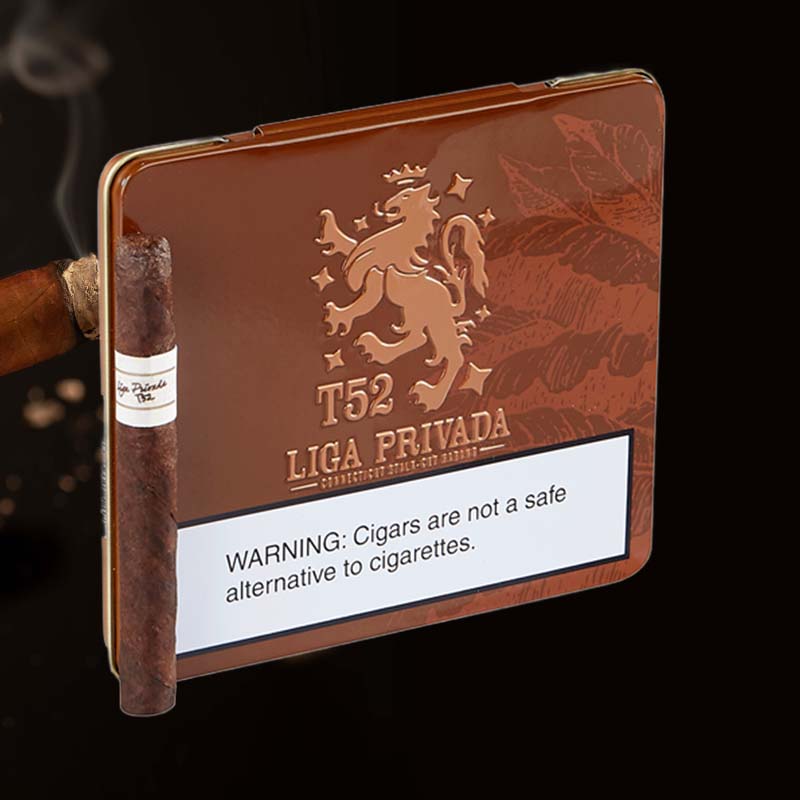
What do I need to know about cigars for beginners?
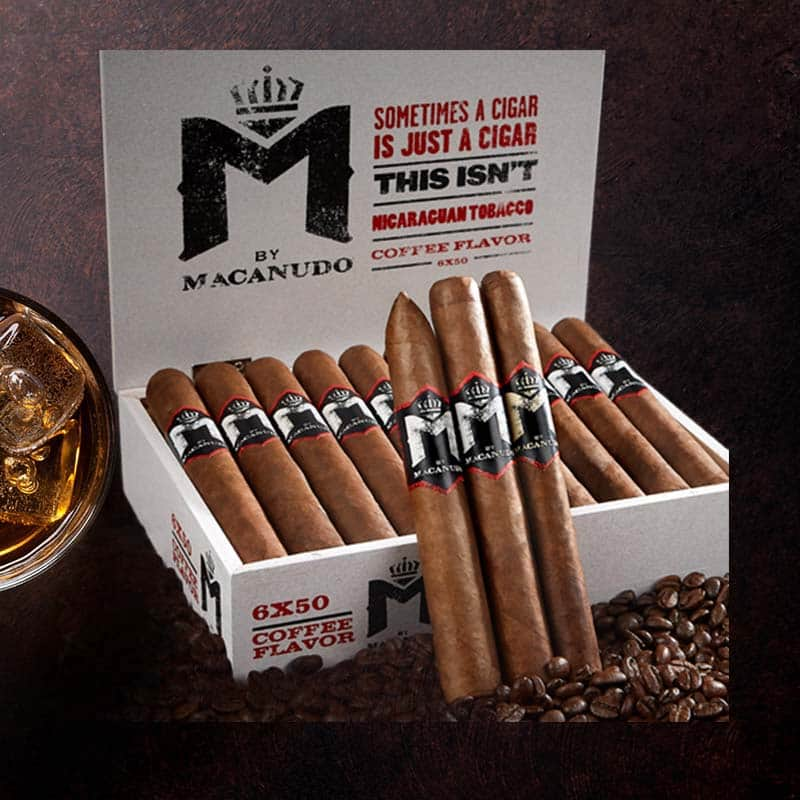
Beginners should know how to properly cut, light, and smoke cigars, alongside understanding their strengths and basic etiquette. Familiarizing yourself with basic cigar knowledge will certainly enhance the experience.
What are the three types of cigars?
The three main types of cigars are handmade, machine-made, and flavored cigars. Each type offers distinct experiences and caters to different preferences in the cigar world.
Why do you put a toothpick on a cigar?

A toothpick signals enjoyment and can serve as a makeshift cutter if needed. It’s a common practice among smokers that adds a personal touch to the experience.
What are the three stages of a cigar?
The three stages are the first third (where flavors open), the second third (often where complexity grows), and the last third (where strength typically increases), with distinct flavor nuances at every stage which can be very enjoyable for any cigar aficionado.





